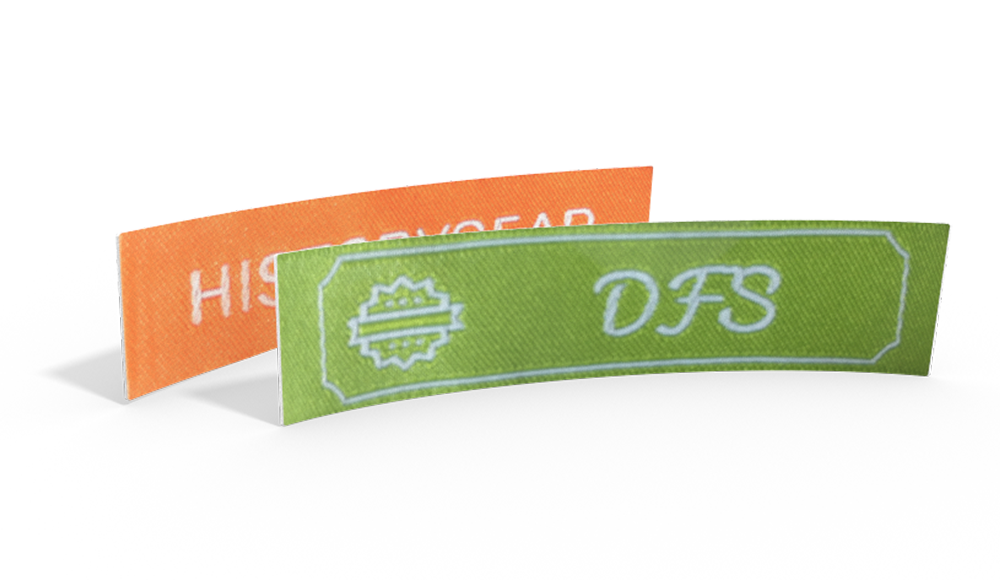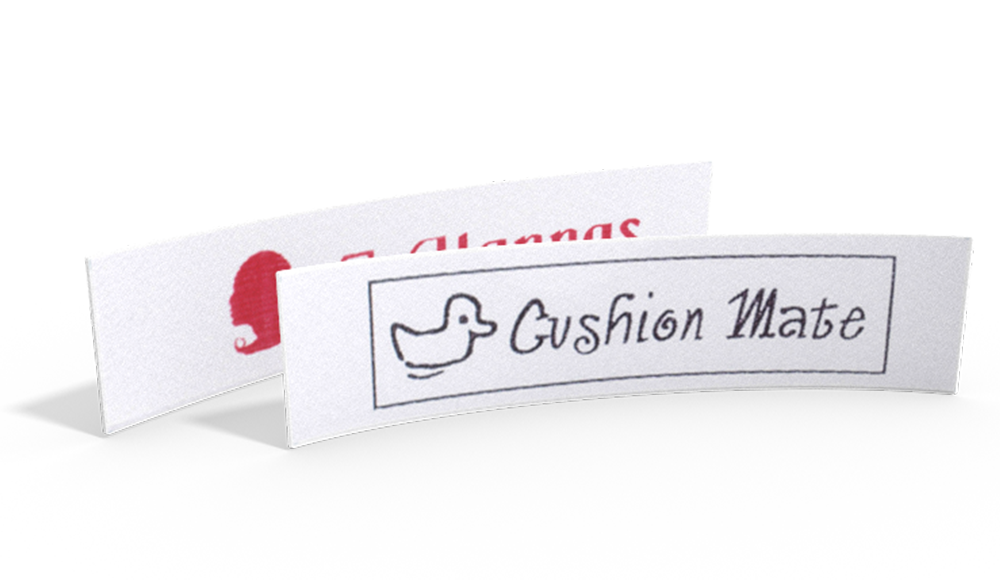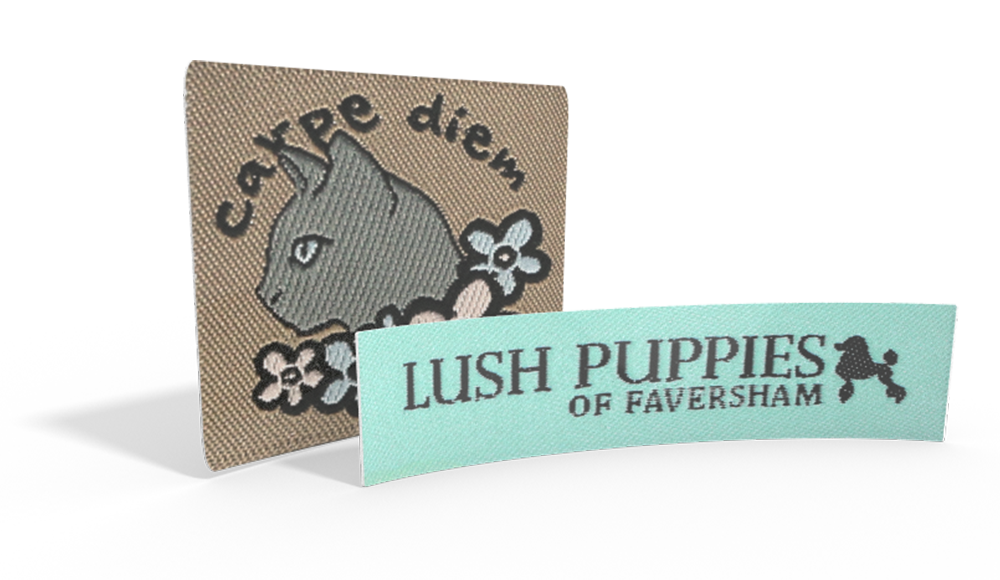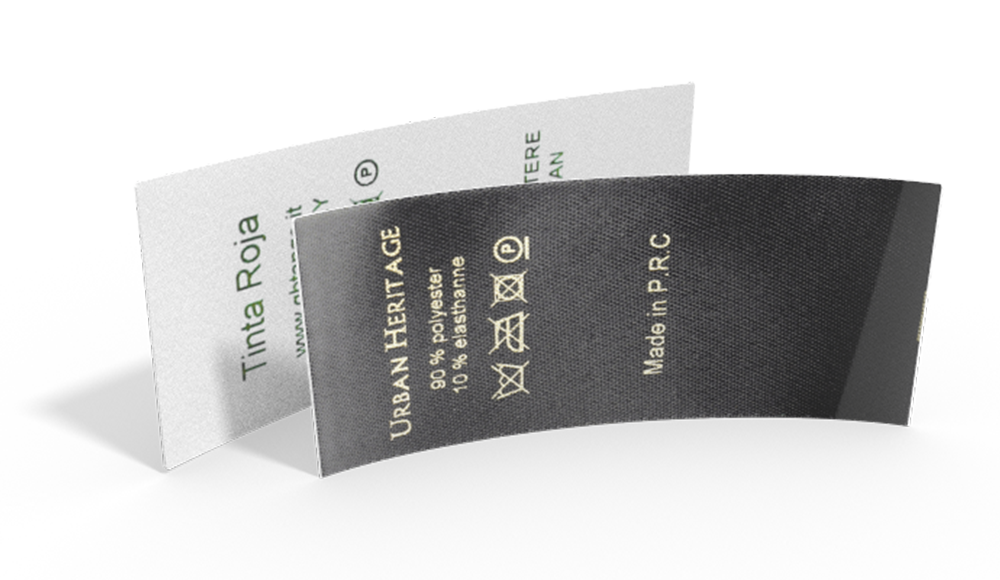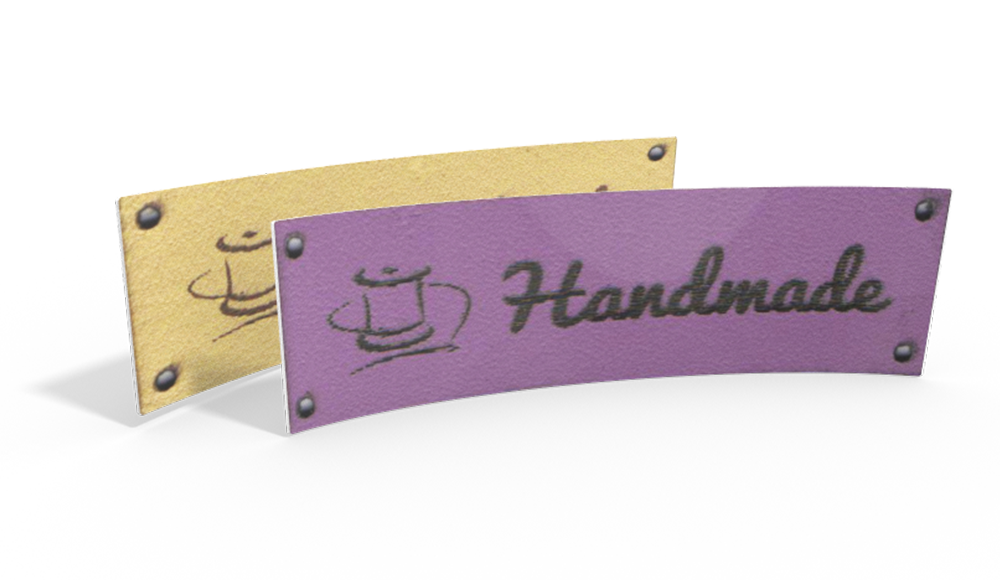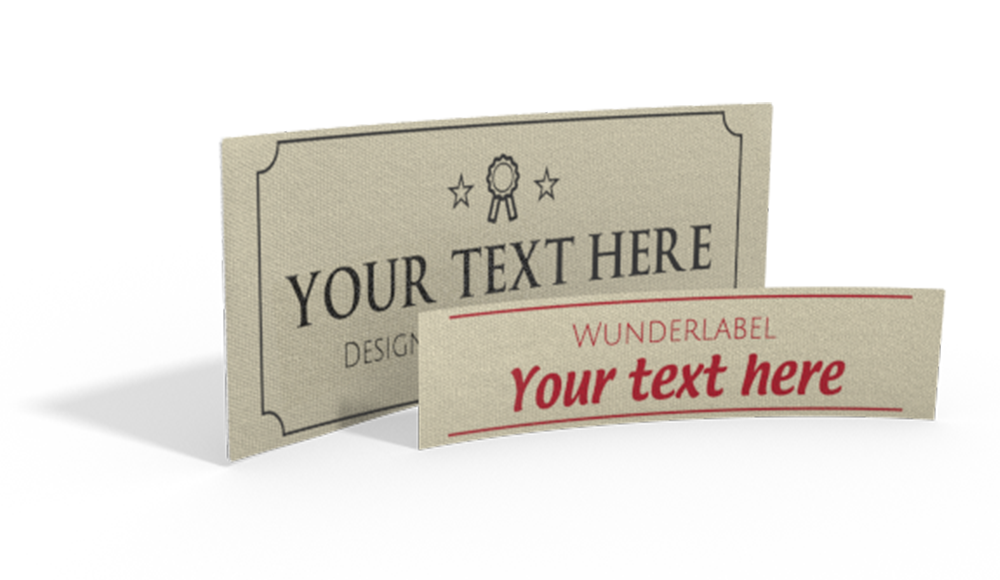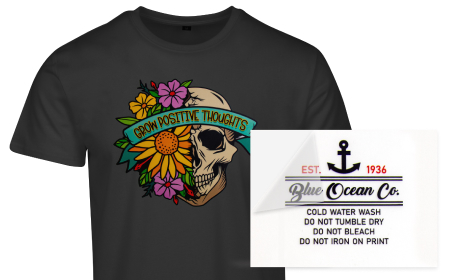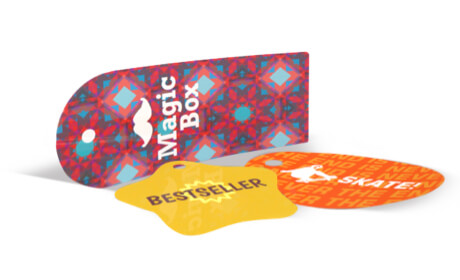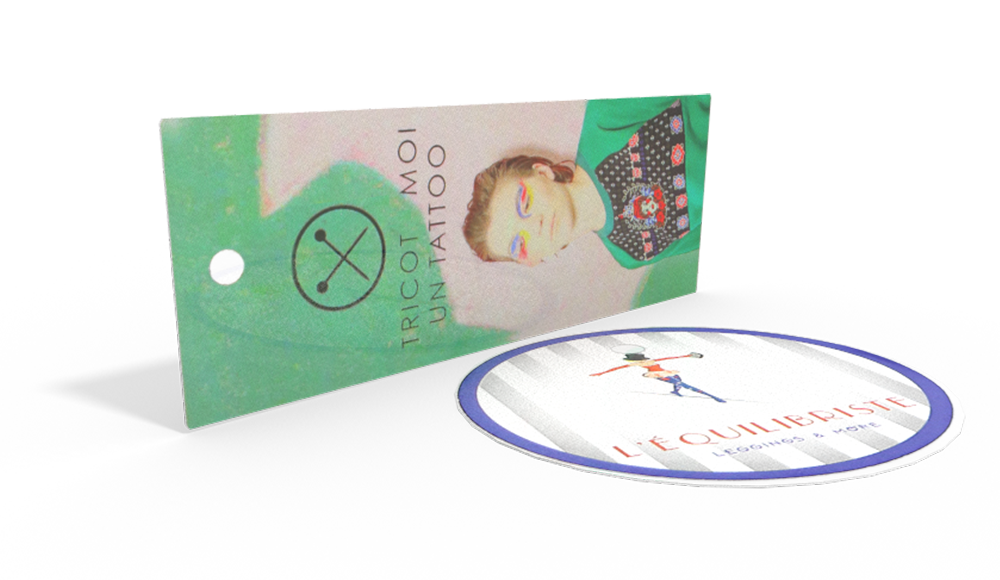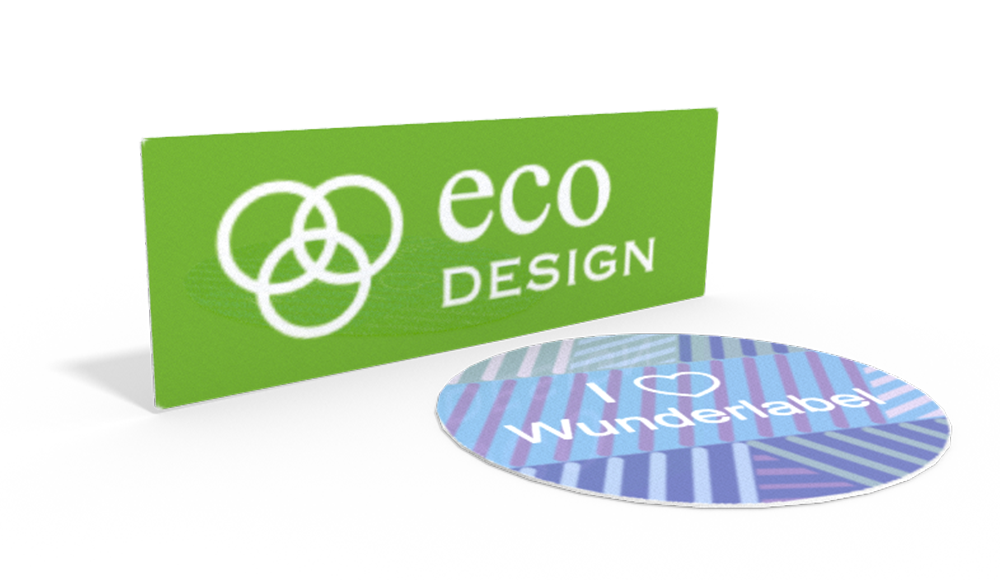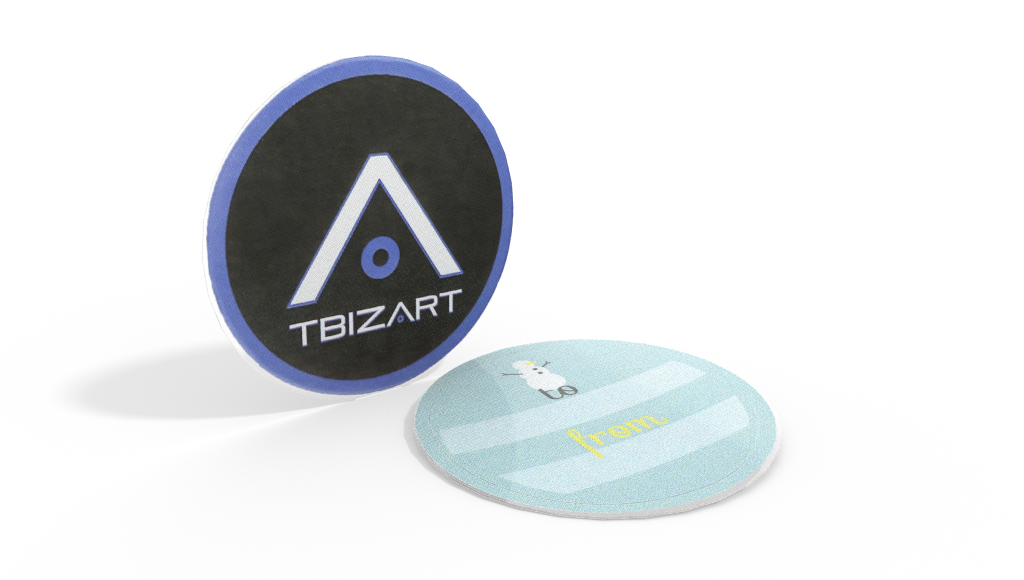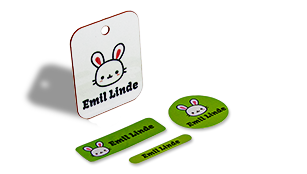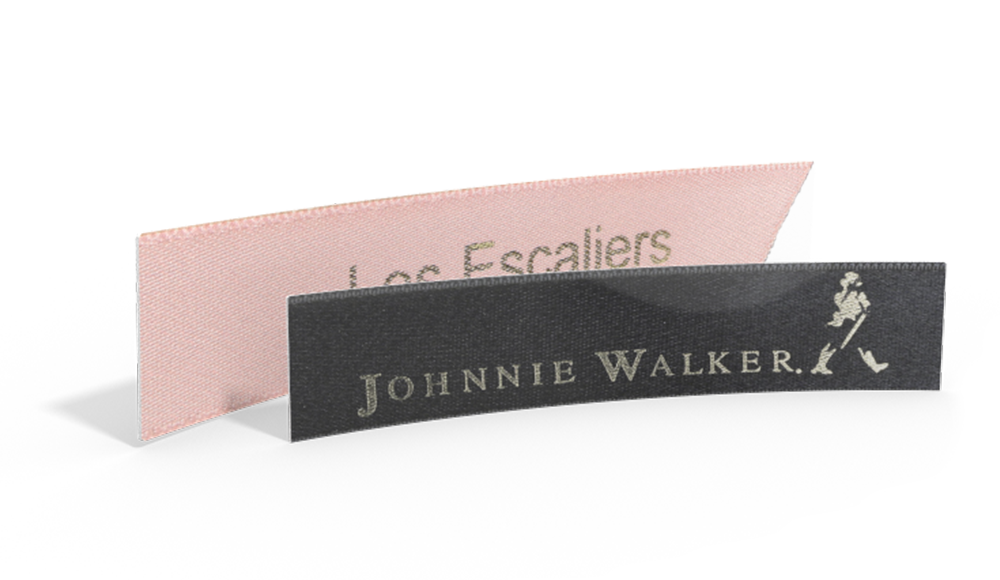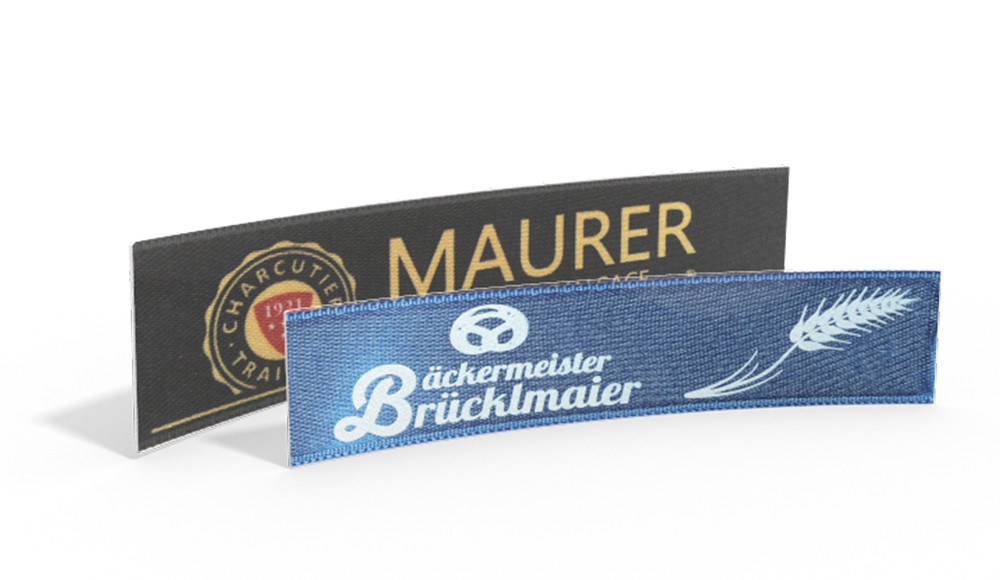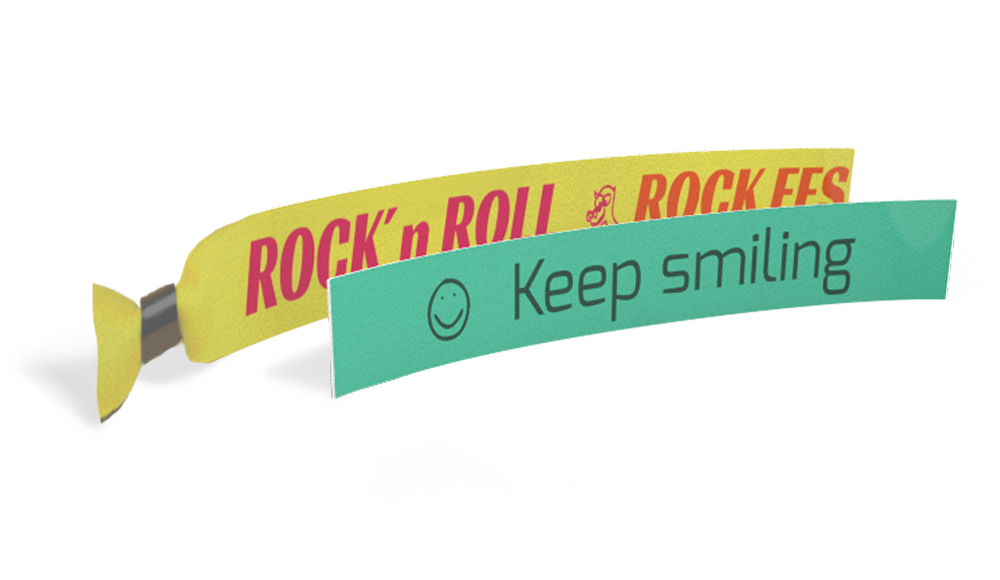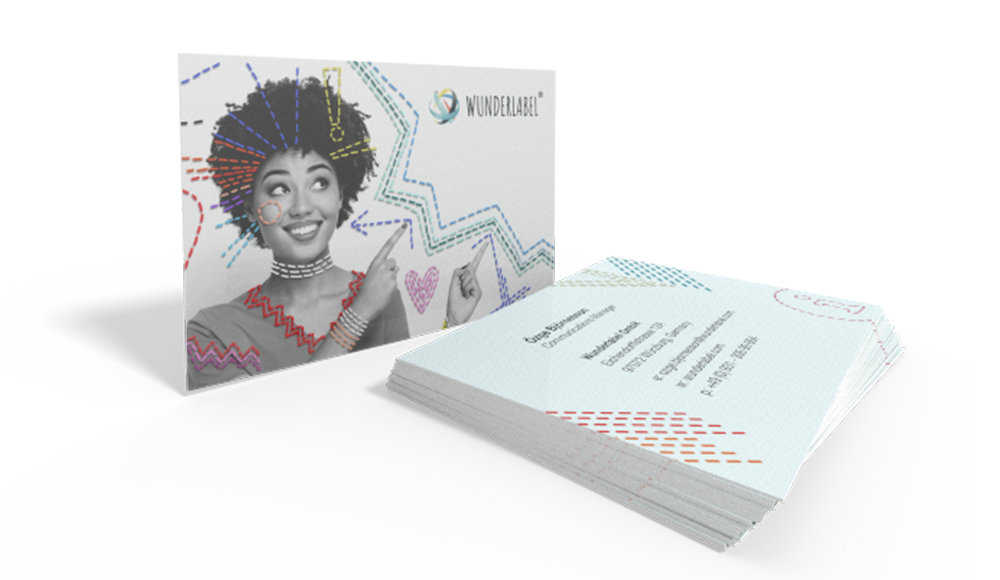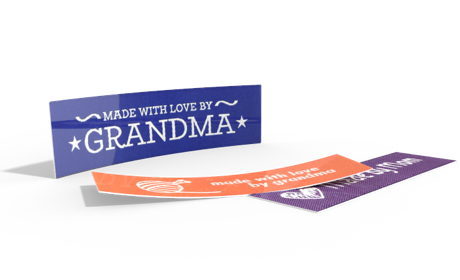If you're like most sewists, starting a new project means spending a lot of time fussing over your fabric choices. Is the drape right? The color? The weight? The feel? Do I add a printed a printed label? There are just so many variables to get right.
But when's the last time you put that much thought into choosing the right thread for a project?
It's easy to just grab a spool of thread from the racks at the craft store, check for color, and call it good, but your thread choice can have just as big an impact on your finished project as your fabric choice does, and the two should really go hand in hand. Check out these different thread types and see which one you should reach for the next time you start a project.
Cotton
Cotton thread is an excellent all-around choice for natural fiber fabrics, including cotton and linen. It's safe to use with projects that might see high heat (like oven mitts or clothes that might be regularly pressed), and wears very well. Cotton threads are available in different weights, from heavy-duty to fine, and are often blended with synthetic fibers, especially in the "all-purpose" threads you're likely to find at your local craft store. Generally, cotton is a good choice for most projects, but, depending on the situation, may not be the ideal thread. If you're in a pinch, though, reach for a cotton or cotton-blend thread in the appropriate weight for your fabric.
Polyester
Another all-around option, polyester thread works well with fabric made of synthetic fibers. It has less give than cotton thread, which means that using pure polyester thread in natural-fiber fabrics can eventually cause issues—natural fibers will wear unevenly compared to a polyester thread, and you may see your material start to come apart as the polyester breaks through the weave. It's heat resistant, and doesn't shrink like cotton might. It also has the benefit of being inexpensive compared to other thread types, and is widely available in a whole range of colors.
Silk
Silk threads are typically used in high-end sewing, including tailored garments and bridalwear. It's soft, lustrous, and very fine, but surprisingly strong for its delicate size. Always opt for silk thread when sewing with silk fabric. It's also a good option when working with high-end cotton, linen, and wool; as a natural fiber, its stretch and give is a good match for these materials, and it provides an excellent finish. It's also a good choice for basting delicate projects, as it's fine enough to avoid leaving holes in your work. When shopping at your local craft or sewing stores, it may be tough to find silk threads to match your projects. Be sure to have a fabric swatch on hand, and consider going to a specialty store or ordering a selection of threads online to find exactly what you're looking for. When working with finer fabrics, it's worth the effort to find just the right silk thread.
Nylon
Nylon is a strong, durable fiber that works great for sturdy projects, like canvas or leather. It's commonly used in upholstery work, and comes in a range of weights from very delicate to very thick. The thinnest versions are very soft and are sometimes marketed at monofilament or invisible thread (check out the next section for more info on that!). It does tend to suffer greater damage from UV light than polyester, however, so it's not a great choice for outdoor furnishings that spend all their time in the sun. It will also melt under even moderate heat, so never use it for projects where that could cause issues.
Monofilament
Monofilament thread is made from just one strand of synthetic fiber, typically polyester or nylon. Also known as "invisible thread," it comes in completely clear and "smoked" varieties that help in blend into either light colored or dark colored fabrics. It's ideal for projects like quilting across high-contrast fabrics, where a thread that matches one area would stand out dramatically against others. It has a bit of a bad reputation in some sewing circles; when it was first introduced, it was coming straight from industrial sewing settings, and was overly thick and tough; home sewists found that it could easily slice right through the fibers of the fabrics they were using, ruining hours of work. Today's monofilaments are designed to be used with all kinds of fabrics, though of course, different brands have different pros and cons. Check out this comparison of six different varieties for an idea of how they stack up.
Metallic
Have you ever wondered how the kings and queens of old got all that beautiful gold embroidery on their garments? The process for making thread-of-gold was actually the same then as it is now! Back then, sheets of gold were beaten very thin, then cut into tiny strips which were wound around a core of regular thread. Today, we're still using the same technique, only we use strips of synthetic foil instead of gold or other precious metals. The result is a beautifully sparkly thread that can be used for all kinds of decorative stitching, from top-stitching to embroidery. It's not ideal for structural sewing, as the metallic wrapping is purely decorative, and excessive wear can cause it to snap and unravel. Make sure you're using a needle with a wide enough eye; if you notice your thread snagging or unraveling, your needle is the likely culprit.
Embroidery Floss & Perle Cotton
Unless you've ever spun your own yarn or thread, one of the things you probably haven't thought much about is the direction your thread twists. Threads that are used in sewing machines are twisted to the left. These are known as Z-twist threads. Many of the fibers used for exclusive for hand sewing, however, are S-twist threads, which twist to the right. These include threads like embroidery floss and perle (or pearl) cotton. Both cotton threads, these are not used in sewing machines, but are perfect for a wide range of hand sewing projects, from crazy-quilting to need-painting. Embroidery floss is a "divisible" thread made of six strands which are easily separated. This means you can use any number of strands, from one to six, to create the desired effect in your sewing. Perle cotton, on the other hand, is non divisible and is meant to be used as a single strand, though you can see that it is made up of multiple "plys" or strands twisted together. It is more tightly wound than embroidery floss, and that texture makes it ideal for some embroidery stitches (like chain stitches and edging stitches) and less so for others (like satin stitch and long-and-short stitch). For a full breakdown of different embroidery threads, check out this nifty resource.
Elastic
Just like it sounds, elastic thread has a lot of stretch and rebound to it. It's typically used for creating flexible gathers and shirring in fabrics, and it takes a bit of practice to get used to. It's only ever used in the bobbin of your sewing machine, and you'll need to carefully wind the bobbin by hand without stretching the thread as you go. This is the key to getting your shirring off to a good start. Winding elastic thread on your sewing machine can actually cause your bobbin to break as it the elastic rebounds and overloads the bobbin, so make sure this is one step where you never cut corners! New to the whole process? Here are some more tips and tricks to create perfect shirring.
Wool
Woollen thread is a bit of a rarity in the machine sewing world. It's typically used decoratively, as it's fairly stretchy and is strongly affected by heat (think about the last woollen sweater that accidentally made its way into the dryer and you get the idea). However, it isn't uncommon in hand sewing, and offers a great option for textured embroidery, edging, appliques, and more. There are wool and wool-blend fibers available for sewing machines, but you'll likely have to do a bit of work to seek them out. Be prepared for a bit of experimentation, and always make sure you follow the appropriate care instructions to avoid damaging your finished projects!
Bobbin
Bobbin thread is a lightweight thread specifically designed to be used for the wrong side of machine embroidery, applique, and other decorative stitching. Its slender design keeps dense machine stitching from becoming too bulky and stiff, and, in the case of decorative threads like metallics, it's a less expensive alternative to use on the wrong side of the fabric, where decorative appeal isn't necessary. It's also sometimes used for basting, as it's lightweight and isn't likely to damage your fabrics.
Feeling a bit more confident about selecting the right thread for your next project? While it's not necessarily a tough decision, making the right one can be the difference between a beautiful finish and a project that looks a little too handmade. Do you have threads that are your usual go-to spools? Any thread matching tips and tricks for fellow sewists? Share your expertise in the comments below!

